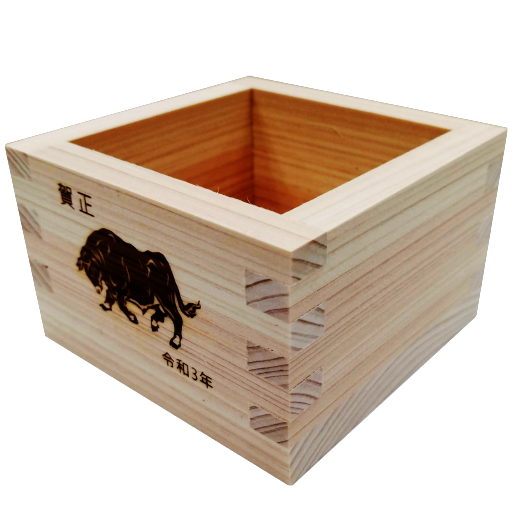Japan Sake and Shochu Makers Association | JSS
There are many types of sake cups and vessels to choose from when drinking and serving sake. Bars, restaurants, and sake connoisseurs often have a large collection, varying in material, shape, and size. There are no strict rules or etiquette as to which cups and vessels should be used for specific types of sake or occasions. However, a standard rule of thumb to remember is that the shape and thickness of a sake cup affect how the sake tastes. For example, a cylinder-shaped cup with a thick lip tends to make the sake taste richer. While a shallow cup with a thin lip makes the sake taste lighter.
The most common cups used to drink sake in Japan are small ceramic cups. Famous pottery areas across Japan make sake cups with materials and designs unique to the region. Many people consider that matching the origin of the cup with the region of sake production is a sophisticated way of enjoying the drink.
Lacquerware is usually used for special occasions such as weddings and New Year celebrations. However, throughout the ancient history of sake, people of high ranks were served sake using lacquerware at banquets and ceremonies.

At ceremonies and festivals, sake is sometimes offered in a small wooden box called a masu. The masu was originally used as a measuring cup for rice. However, recently it is occasionally used to serve food and drinks. Regardless of the shape, wooden cups add a fragrant wooden aroma to the sake.

Sake is often brought out to the table in a ceramic vessel up to 300ml in size called a tokkuri or ochoshi. It can also come in a bowl with a spout called katakuchi. When drinking warm sake, it is first warmed up in a tokkuri or a metal vessel called a chirori, then poured into the serving vessel.